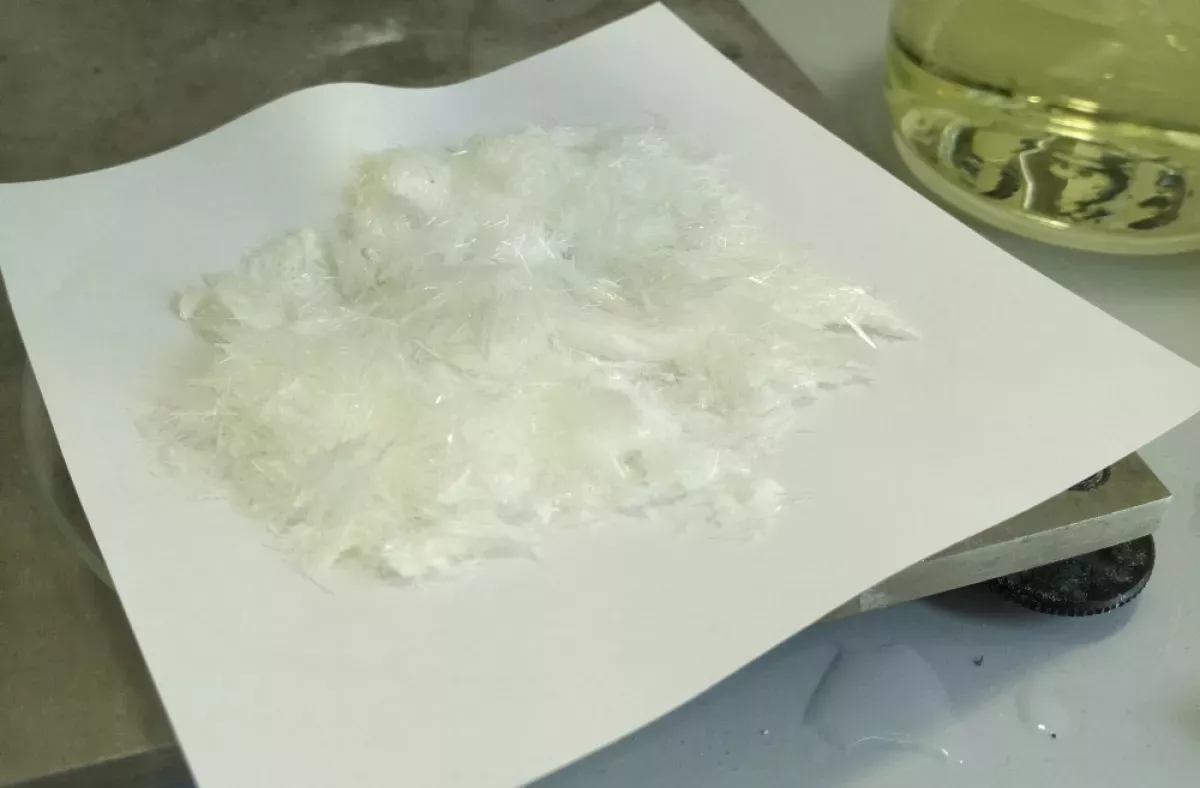Trinitrotoluene (TNT), or 2,4,6-trinitrotoluene, is a chemical compound (C6H2(NO2)3CH3) primarily known as an explosive. While occasionally used as a reagent in chemical synthesis, its main application is as a standard for measuring the explosive yield of bombs and impacts. TNT's convenient handling properties contribute to its widespread use as an explosive. Additionally, in chemistry, TNT can be utilized to create charge transfer salts.
1 day ago : Adam Cole Discusses TNT Title Belt, Plans to Honor AEW Championship
Adam Cole addressed potentially changing the TNT Title belt and shared his plans to honor the AEW TNT Championship. AEW Collision achieved best ratings, possibly boosted by The Avengers.
1902: German Armed Forces Adopt TNT
In 1902, the German armed forces adopted TNT as a filling for artillery shells.
1907: British Start Replacing Lyddite with TNT
In 1907, the British started replacing Lyddite with TNT in artillery shells.
1910: TNT Exempted from Explosives Act
In 1910, TNT was exempted from the UK's Explosives Act 1875 because it was so insensitive. It was not considered an explosive for the purposes of manufacture and storage.
March 15, 2000: IRIS Report on TNT
According to IRIS on March 15, 2000, effects upon humans from TNT exposure so far amount to none. TNT is listed as a possible human carcinogen, with carcinogenic effects demonstrated in animal experiments with rats.
September 2001: EPA Declares TNT a Pollutant
In September 2001, the United States Environmental Protection Agency (USEPA) declared TNT a pollutant whose removal is a priority.
2013: TNT Detection Using Quantum Clusters
In 2013, researchers from the Indian Institutes of Technology discovered that using noble-metal quantum clusters could detect TNT at the sub-zeptomolar (10^-21 mol/m^3) level.
Trending

12 minutes ago Benches Clear After Pitch Near McCutchen; Cruz Grand Slam Secures Pirates Victory

8 days ago Russia and China Threaten Starlink Constellation: Military Space Capabilities Report Released.

13 minutes ago Talen Horton-Tucker's Play-In Performance Vital for Future with the Bulls

13 minutes ago Eva Longoria stuns in swimsuit and enjoys sun, sharing rare picture of son.

13 minutes ago Cody Bellinger's Slump Continues, but He Makes Game-Winning Catch for Yankees

1 hour ago Fatal Shooting in Northeast Miami-Dade: Suspect Hunt Intensifies, Man Dead.
Popular

Doug Ford is a Canadian politician and businessman currently serving...
The Real ID Act of is a US federal law...

Justin Trudeau served as the rd Prime Minister of Canada...

Bernard Bernie Sanders is a prominent American politician currently serving...

Donald John Trump is an American politician media personality and...

Michael Jordan also known as MJ is a celebrated American...

